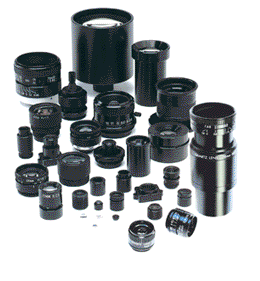High resolution lenses for machine vision — standard and custom lens design
How To Use Neutral Density Filters
High Resolution Lenses for machine vision, instrumentation, inspection and vibration-sensitive applications. Standard and custom hi-res lens assemblies.

Neutral Density Filters
Look in the camera bags of professional photographers and you will likely find a neutral density (ND) filter. These filters, while not always used by amateur photographers, reduce the camera’s exposure and lead to a sharper photograph that is prized by landscape photographers. The ND filter doesn’t provide multiple images, or gradations, but the filter is a boon to landscape photographer enthusiasts.
ND filters are available in various styles, in various thread sizes that screw onto the lens. The filters can also be purchased in different strengths, which leads to different filter exposures. ND filters are easy to use and also allow for the camera’s automatic exposure system to still operate even with the filter in place. The purpose of the neutral density filter is to reduce the shutter speed while compensating for the additional light required capturing the image.
Photographers understand they can reduce exposure of images through the various settings on the camera’s apertures and shutter speeds. If, however, you use a fully automatic camera, the ability to manipulate the settings is inhibited. The use of a neutral density filter offers a photographer ease of use in switching from shooting in low light to moving into brighter areas.
An example of the style of photo that can be gained through the use of a neutral density filter can be seen in photographs of waterfalls. The photos in which the water appears as though its filled with cotton wool water are typically captured with the ND filter as it can slow the shutter speed and blur the image of the crashing water. Photographers involved in architectural photography find the ND filter allows them to photograph famous landmarks; even those peopled with tourists that always seem to get in the line of the shot and blur the images of the individuals walking in front of the shot. With a slow enough shutter speed, the blurred image of an individual will actually vanish from the shot.
The neutral density filter not only improves shutter speed but helps in shooting in bright light conditions. The ND filter helps with depth of field conditions. Flower photography utilizes this technique to bring the flower itself into sharp focus while blurring the background.
Choosing a neutral density filter is a matter of size, style and threads size and Universe Optics designs and manufactures lenses for industrial, medical, high tech and electronic applications.